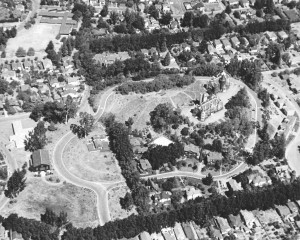Many of the buildings on the grounds of San Francisco Theological Seminary are architecturally and historically significant and are San Anselmo town landmarks.
Montgomery Hall
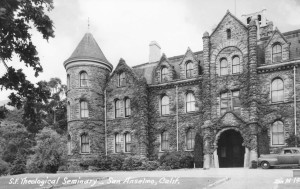
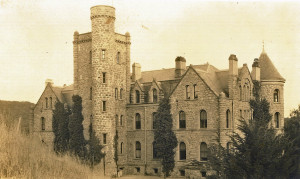
Montgomery Hall was dedicated in 1892. It was designed in the Richardsonian Romanesque-style by architects Wright & Sanders of San Francisco. It was built of “Blue Stone” from Wilkins Quarry on Clark Street in San Rafael, trimmed with lighter stone from San Jose. Stone masons cut and laid the stones by hand. The builders were William Barr of San Rafael (woodwork) and J. McKay of San Francisco (stonework). William May of San Francisco was the contractor for interior painting and decorating. Originally used for student living quarters, each room had a fireplace for heating. In the early days students had to carry their own coal from the basement up to their rooms.
Scott Hall
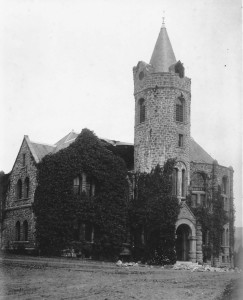
1900
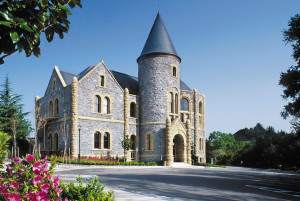
2010
Scott Hall,, also designed by Wright & Sanders, was built at the same time and with the same materials as Montgomery Hall. Just inside the entry is a beautiful circular staircase leading to the second floor. On the second floor, a catwalk encircles the round room. Originally, Scott Hall had a much higher turret tower with clocks on each side. It toppled during the great earthquake of 1906 and was rebuilt on a smaller scale, minus the clocks.
Montgomery Hall (left) and Scott Hall (right), 1892
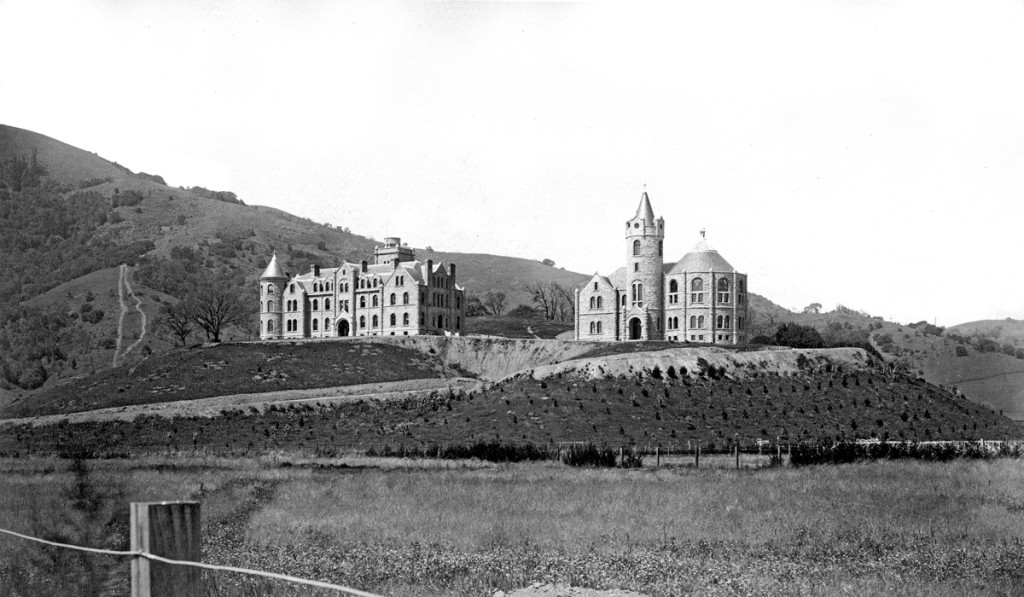
Montgomery Memorial Chapel
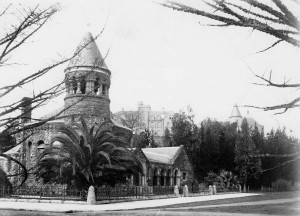
Montgomery Memorial Chapel
Alexander Montgomery, a San Francisco merchant, was one of the Seminary’s most important benefactors. His contribution of $250,000 enabled the Seminary to begin development of the San Anselmo campus. A few years later, as he lay dying, he donated another $50,000 for the construction of this Romanesque-style memorial chapel. The cornerstone was laid in 1894. Montgomery was buried here in 1897, only a few days before the chapel was dedicated. It was designed by Wright & Sanders; William Barr was the contractor and the stone was quarried in Sonoma county. Inside the chapel is a circular sanctuary. Its special characteristics create a sort of stereophonic effect if one stands in a central spot and speaks in a normal voice. The original Tiffany-style windows depict passages from the Old Testament.
Early Faculty Homes, c. 1900
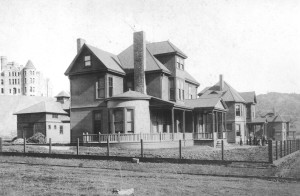
Faculty Homes
Pictured here are the earliest faculty homes; they were designed in 1892 in the popular Queen Anne style by Wright & Sanders and built by William Barr of San Rafael. The first one, at 138 Bolinas, is today the Seminary’s Shaw Guest House; the next, at 134 Bolinas, is still used as a faculty residence; and the third house, a twin to 134, was demolished in the early 1950s.
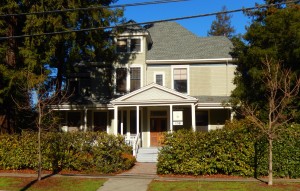
138 Bolinas Avenue – Shaw Guest House
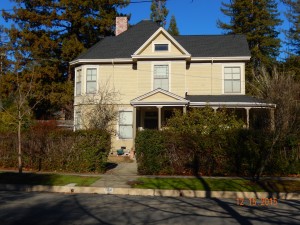
134 Bolinas Avenue – Faculty Residence
118 Bolinas Avenue – Faculty Residence
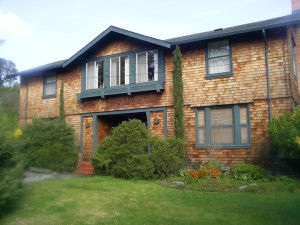
Julia Morgan at 118 Bolinas Avenue
The house at 118 Bolinas, built in 1921, was designed by the architect Julia Morgan. The interior is done in redwood and there are four fireplaces – two downstairs in the living room and study, and two upstairs in the larger bedrooms. The first resident was Prof. Edwin F. Hallenbeck.
Geneva Hall
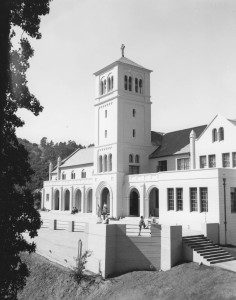
Geneva Hall
Geneva Hall, modeled after the Franciscan Monastery at Assisi, Italy, was constructed in 1952. The architects were Winsor Soule and John F. Murphy of Santa Barbara. The building contains the Seminary library, classrooms, offices and Stewart Chapel. Stewart Chapel has stained glass windows depicting the history of the Presbyterian Church in the west. There is a 3-manual, 36 rank pipe organ in the balcony of the chapel. The bells in the tower were donated to the Seminary in 1923 by Robert Dollar. Each bell is inscribed with scriptures from the Bible. They may be played manually or electronically.
47 Seminary Road – Faculty Residence
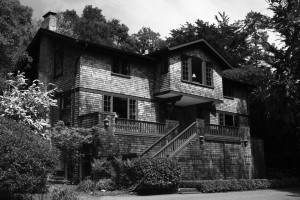
President’s Home
The house at 47 Seminary Road was designed by Julia Morgan in 1921. The contractor was William H. Dwyer of San Anselmo. The first resident was Prof. Lynn T. White. Today, it serves as the home of the Seminary’s president.
53 Seminary Road – Faculty Residence
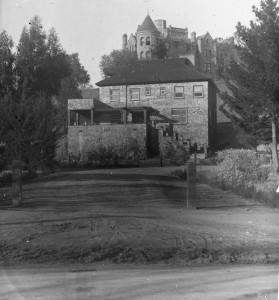
53 Seminary Road, 1911
The house at 53 Seminary Road was designed by William A. Knowles of San Francisco and was constructed in 1909 by Fred H. Field of Ross. The first resident was Prof. Thomas V. Moore.
Gymnasium
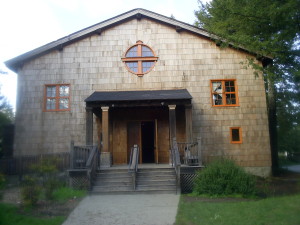
Playhouse
The building on the north end of Bouick Field, once the gymnasium and now the home of the Marin Community Playhouse, was designed by Harris Osborn, a San Anselmo architect. It was completed in 1928.
10 Kensington Court – Faculty Residence
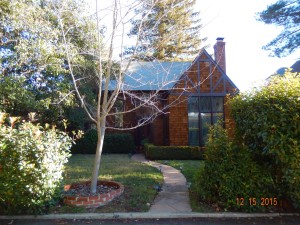
Rosehaven
This house, known as “Rosehaven,” was designed by Benjamin S. Hayne of San Francisco and was completed in 1925. The first resident was Prof. John E. Wishart.
18 Kensington Court – Faculty Residence
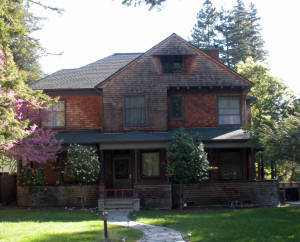 This house, designed by the architectural firm of Percy & Hamilton of San Francisco, was constructed in 1895. The first resident was Prof. Henry C. Minton.
This house, designed by the architectural firm of Percy & Hamilton of San Francisco, was constructed in 1895. The first resident was Prof. Henry C. Minton.
26 Kensington Court
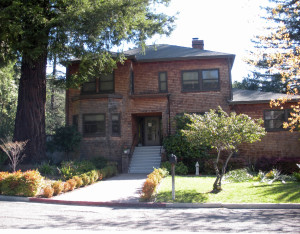 The house at 26 Kensington Court was designed by William A. Knowles of San Francisco and was constructed in 1909 by Fred H. Field of Ross. The first resident was Prof. Warren Landon. Today, the house serves as a student residence known as Trinity House.
The house at 26 Kensington Court was designed by William A. Knowles of San Francisco and was constructed in 1909 by Fred H. Field of Ross. The first resident was Prof. Warren Landon. Today, the house serves as a student residence known as Trinity House.
Aerial View of Seminary, 1951
Note:
Most of this information was compiled in 1992 by SFTS Librarian Michael Peterson and was the basis of a display at the San Anselmo Historical Museum in 2009.


